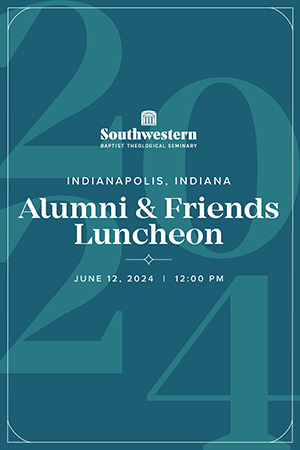Each weekend, the Baker family sets out to explore our new home. The state of Oklahoma has provided a vast array of experiences for us as we settle into our routines and daily responsibilities. Normally, our first excursions begin with touring the museums of the area. We have discovered a vast array of educational museums that help us in our quest to maximize every learning opportunity. The Science Museum of Oklahoma is already one of our favorites—so much so that when we pull into the parking lot, our children shout with excitement.
This museum is a treasure for Oklahoma City and the entire state. Having lived in several metropolitan areas, we believe it is second to none in its learning opportunities and vast array of offerings for both young and old alike. The shrinking number of mathematicians and scientists produced by American schools has prompted major corporations to join with states across the nation to erect museums such as the Oklahoma Science Museum in hopes that from an early age children will find science interesting and accessible to them intellectually.
My son’s favorite exhibit is the space odyssey. It has hands-on activities and historical accounts of the ongoing exploration of space. Like most 4-year-old boys, my son always tells me that he wants to be an astronaut. I encourage his interest, fully aware of the years of study and preparation ahead of him should he actually seek to pursue such a goal.
Walking near an exhibit, I noticed a picture and brief presentation of Isaac Newton that gave an overview of Newtonian physics and the discoveries he made during his lifetime. Newton remains a massive figure in the history of the world. His book, Philosophiæ Naturalis Principia Mathematica, published in 1687, is still considered one of the most important books ever written. Along with Gottfried Leibniz, he developed differential and integral calculus that helped the astronauts whose pictures were displayed before our eyes centuries later actually make it to the Earth’s moon.
Few realize, however, that Newton wrote more about the Bible than he did natural science. Theologically, he was unorthodox, as he did not believe in the Trinity and was thought to be Arian in his understanding of God (the belief that Jesus was a created being and not equal with God, the Father). Newton also thought that the organized church sought only power and often kept others from knowledge fearing that should the masses be freed from “errors” about God, the church would have no mechanism for control or for raising money.
This debate continues to this day. Many see the church as the enemy of science to such a degree that any theology built on the Bible as being the revelation of God to man is dismissed as nonsense and poisonous to scientific discovery. I was unaware, however, how early this “truth” was taught to children until I read this sentence on the wall of the museum’s presentation of Newton: “Nature and Nature’s laws lay hid in night; God said, Let Newton be! And all was light.”
The sheer shock value surely registered on my face as my son immediately asked if something was wrong. I immediately knelt down and read him the sentence on the wall and then quoted to him Genesis 1:1. It was at that moment I knew just how difficult it would be in future years for him as a student. It was not that I wanted him to fear knowledge or the theorems of science. Rather, I realized just how insidious heresy had become in the most public of places. The age of the Enlightenment had reached a 4-year-old. There is no turning back.
Unbelief has now become so established in the major institutions of government and education that the church—particularly the evangelical church—will encounter increasing hostility when attempting to reconcile the worldviews of an agnostic (at best) scientific worldview and a Christian worldview where a Supreme Being enters the planet through divine means for the salvation of all who would repent and embrace the truth as defined by Holy Scripture.
To be sure, the church has incidents in her past where fraudulent pastors and wolves sought to enslave and harm people. Yet, to only present biblical faith as somehow shadowing the real truth until a scientist (like Newton) emerges to “free” knowledge from the constraints of theology, is to tell only half the story.
Evangelicals face a challenge for the next generation that will not be solved through programs and events that ignore the hard questions posed by science and an aggressive atheism that has taken to the bookshelves, the airwaves and the classrooms to rid the world of the Christian Gospel. From the child to the college student, the pursuit of knowledge must always find its foundation on truth as established by Holy Scripture. The application of revealed truth to the various academic disciplines which Christians will encounter now forces each local congregation to become deadly serious about Christian doctrine, lest they find themselves locked out of their children’s minds through a purposeful neglect of serious teaching at every level of education.
“The fear of the Lord is the beginning of wisdom, and the knowledge of the Holy One is insight.” Prov. 9:10.



